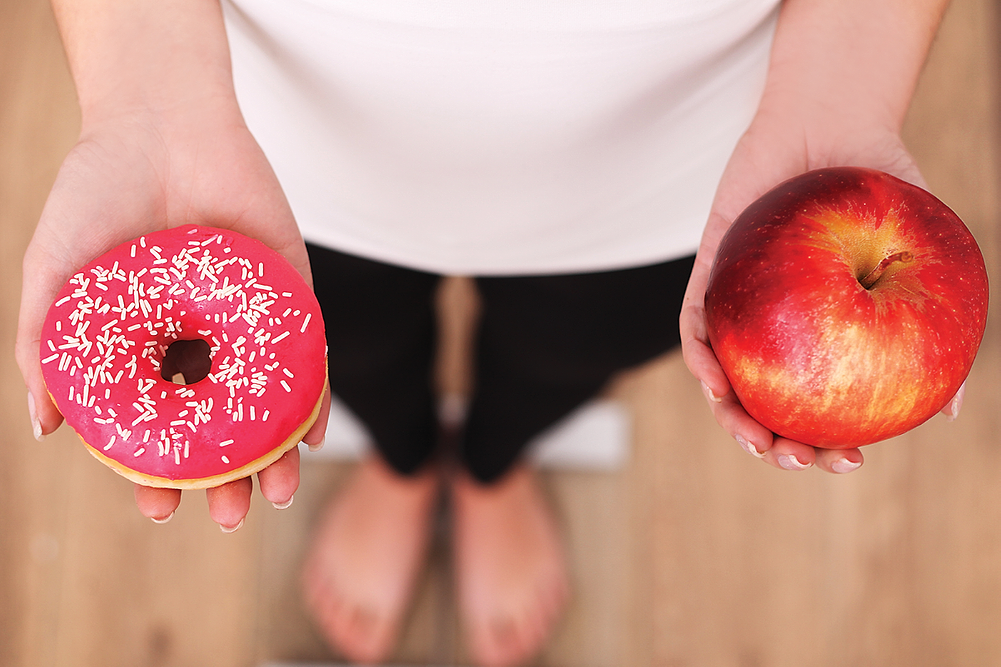KANSAS CITY — The American consumer’s relationship with sugar is complicated. On one hand, it is perceived as unhealthy and a contributor to the rise in obesity around the world. On the other hand, in its less refined forms, it is perceived as clean and natural, and its sweet taste and texture in formulations is a source of comfort and indulgence.
The consumer’s relationship with non-nutritive sweeteners also is complicated. While many individuals want to reduce their sugar intake, some balk at products featuring sweeteners perceived as artificial. Other sweeteners perceived as natural have emerged and are making inroads, but they, like artificial sweeteners, face technical challenges when used as a sugar replacement.
“As ingredients, we’ve seen artificial sweeteners fall out of favor, and we’ve seen increased interest in stevia and other sweeteners,” said Darren Seifer, industry analyst of food consumption for The NPD Group, Chicago. “There is an interest in trying to find something sweet that tastes like sugar but does not have a glycemic effect. That’s the sweet spot, no pun intended.
“When you replace sugar with other ingredients, you get a different taste and profile. The texture is different. That is the real challenge food companies face — how do you get it to be like sugar without the sacrifices? Substitution without sacrifice — that is the bar.”
Jon Peters, president of Beneo Inc., Parsippany, NJ, said interest in sugar replacement remains strong.
“The interest in reducing sugar content, especially in a natural way, continues to be of interest to food and beverage manufacturers,” he said. “This interest continues to grow, especially due to the requirement on the Nutrition Facts panel to include the amount of ‘added sugars,’ which raises consumer awareness even more.”
Andrew Ohmes, global high-intensity sweetener product line manager for Cargill, Minneapolis, said his focus this year has been on high-intensity sweeteners perceived as natural. Cargill offers several varieties of stevia, including Truvia and ViaTech. The company also has a joint venture with Royal DSM, Heerlen, The Netherlands, called Avansya that produces EverSweet, a fermented variety of steviol glycosides. This past November, the joint venture began producing EverSweet at a new processing facility in Blair, Neb.
“Cargill’s internal research shows 6 of the top 10 ingredients consumers are trying to avoid include sugar, high-fructose corn syrup and artificial high-intensity sweeteners,” Mr. Ohmes said. “We’ve seen a nice window open up to bring to market great tasting, affordable solutions that meet demand.”
Building a balanced portfolio
Other ways companies may demonstrate a desire to diminish their reliance on sugar as a major product ingredient may be seen in how companies like the Hershey Co., Hershey, Pa., and Mondelez International, Inc., Deerfield, Ill., are managing their product portfolios. Hershey’s 2017 acquisition of Amplify Snack Brands for $1.6 billion transformed the company’s product lines. The goal, according to management, was to shift the company’s focus away from confectionery and into snacking. Since then, Hershey has extended its reach further into snacking with the acquisitions of Pirate Brands from B&G Foods, Inc. and One Brands, LLC.
Mondelez’s business is built around such sweet and indulgent brands as Oreo, Milka, Lu and Cadbury, but management sees opportunities to expand into category adjacencies that capitalize on the consumer’s interest in both health and indulgence.
“Some consumers want permissible treats with inclusions, like fruits and nuts, or they want less-sweet chocolates or even their favorite treats, but in smaller portions,” said Dirk Van de Put, chairman and chief executive officer of Mondelez International, during a Feb. 18 presentation at the Consumer Analyst Group of New York conference. “Others want better-for-you options, like gluten-free or reduced-sugar, like 30% less Cadbury we sell in the UK and in India.”
A report issued by Mondelez in late 2019 highlighted how consumers balance their desire for healthy and indulgent snacks. The company’s State of Snacking report found 80% of the more than 6,000 consumers surveyed are looking for healthy snacks. Seventy-one percent of those surveyed said snacking helps them control their hunger and manage calorie intake throughout the day. Moments of indulgence, however, remain important to consumers.
Many product categories have been affected as consumers become more aware of sugar content.
“When it comes to sugar-sweetened foods, there have been detectable changes in consumption,” Mr. Seifer said. “Past top categories have been carbonated soft drinks (CSDs), confections, sweet snack foods and even fruit juices, which had a bit of a health halo but have seen consumers pull back because of sugar content.”
Consumers have shifted away from CSDs and embraced bottled water. Consumption of seltzers has been increasing as well, said Mr. Seifer.
“But we are not talking about a wholesale rejection of CSDs,” he said. “They are still the top drinks ordered at restaurants.”
The International Food Information Council Foundation’s 2019 Food & Health survey found that 80% of consumers are trying to limit or avoid sugars in their diet. The top three actions taken by consumers include drinking water instead of caloric beverages, eliminating certain food and beverages from an individual’s diet, and reducing the amount of carbohydrates consumed.
Mr. Seifer said one way to view emerging trends around sugar reduction may be by looking at the issue by time of day vs. specific product categories.
“For example, breakfast food helps people start the day off right,” he said. “Those are the main motivations for avoiding sugar in the morning. As the day progresses, we tend to loosen up a bit. We have mental stress whether it’s from work or something else, and by the afternoon we’re snacking; we start to let more sugar in. In the evening, around 8 p.m., that is when sweet snack foods are consumed the most.”





